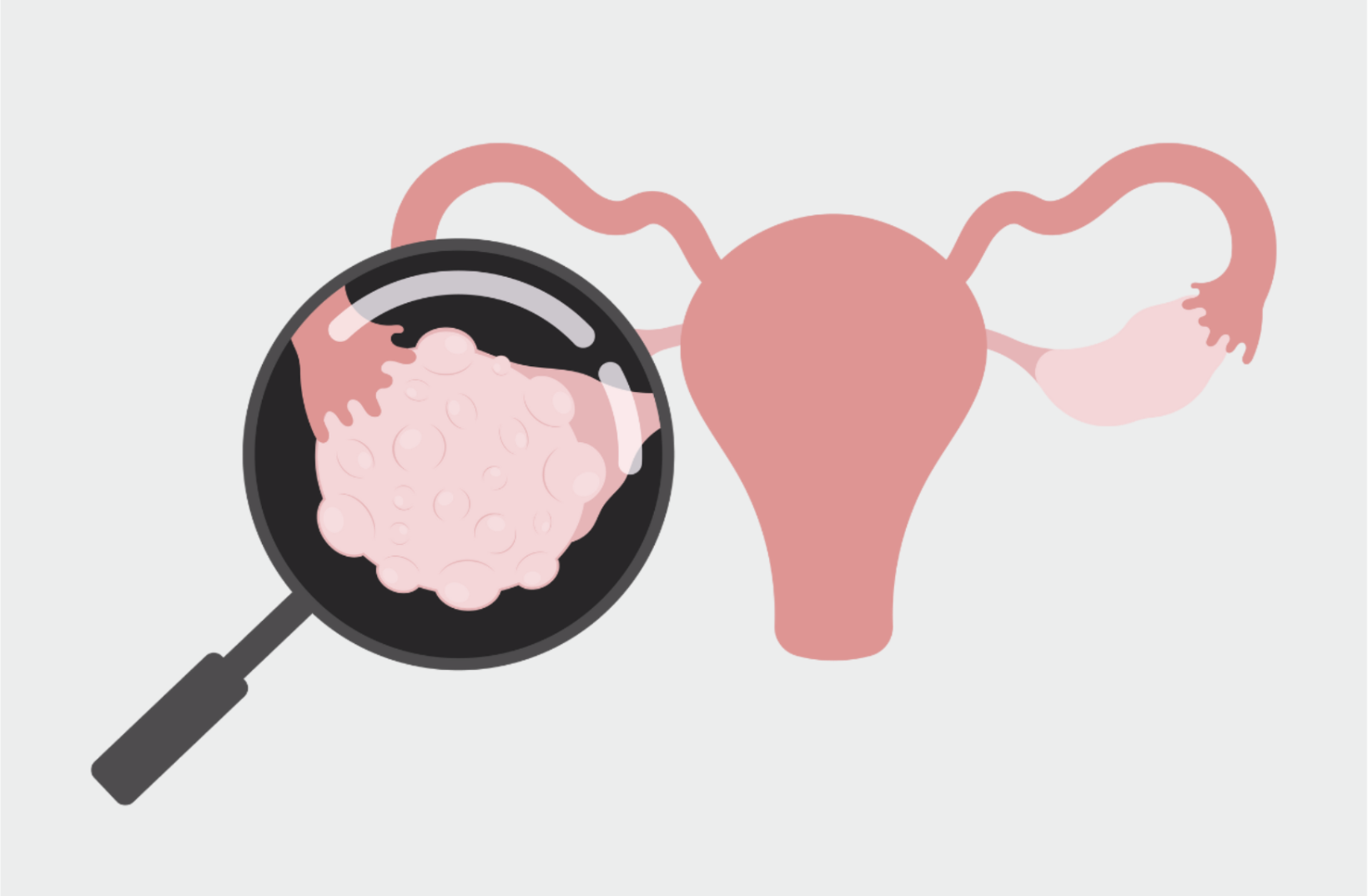.png)
.png)
Egg freezing, also known as oocyte cryopreservation, is a medical procedure that has gained popularity in recent years as the desire for greater control over reproductive choices grows. In fact, the number of egg freezing cycles increased 46% in 2021!
Freezing your eggs now means you may be thawing and using them down the line. But how do you know if they will survive the thaw? What is the typical thaw rate of frozen eggs? In this article we will discuss everything you should know about egg thawing.
What is egg thawing?
Egg thawing is a process of warming and rehydrating frozen eggs to prepare them for fertilization. Right after the egg retrieval, eggs are frozen through a process called vitrification, which involves rapidly cooling them to a temperature of -196°C, so they can be stored safely for future use.
When and if you decide it’s time to make embryos, the clinic will thaw the frozen eggs slowly to prevent any damage to their delicate structure. Once the eggs are warmed up, they can be fertilized through in-vitro fertilization (IVF) to create embryos, which can then be genetically tested and transferred to the uterus for pregnancy.
Will my eggs survive the thaw?
Several factors can impact the success of egg thawing, including your age when the eggs are frozen, the number and quality of the eggs, the technique used to freeze the eggs, and the quality of the clinic’s laboratory.
The quality of the eggs is also a crucial factor in egg thawing. Good quality eggs have a higher chance of survival and fertilization. However, even with good quality eggs, there is no guarantee of success, and the process may need to be repeated to achieve pregnancy.
Keep in mind that thawing is just the first part. The eggs will need to be fertilized and grown into embryos. Then those embryos need to be genetically normal in order to lead to a successful pregnancy. Generally, the younger you are when freezing your eggs, the better the chances of success. Eggs frozen in your late 20s or early 30s have a higher chance of survival and successful fertilization compared to those frozen in your late 30s or 40s.
The egg thawing procedure
The egg thawing procedure involves several steps, starting with removing the frozen eggs from storage and thawing them slowly to prevent damage. Once the eggs are warmed up, they are assessed for their quality and viability.
If the eggs are deemed viable, they are fertilized through IVF using sperm from your partner or a donor. The fertilized eggs are then monitored for development, and once they reach a certain stage, they may undergo genetic testing prior to being transferred to the uterus for pregnancy (fingers crossed).
Cryopreservation vs. slow freezing vs. vitrification
Cryopreservation is the technique used to preserve biological material, including sperm, eggs, and embryos, by freezing them at ultra-low temperatures. The process involves using special cryoprotectants that protect the cells from damage during freezing and thawing.
There are two main techniques for freezing eggs: slow freezing and vitrification. Slow freezing (also known as equilibrium freezing) is an older technique that involves gradually lowering the temperature of the eggs to -196°C. While this technique was standard in the past, it has been largely replaced by vitrification due to its lower success rates and higher risk of damage to the eggs.
Vitrification, or “flash freezing”, is a newer technique that involves rapidly cooling the eggs to -196°C, which prevents the formation of ice crystals and maintains the structure of the eggs. Vitrification has been shown to have a higher success rate and a lower risk of damage to the eggs, making it the preferred method for egg freezing and thawing.
Egg freezing thaw rates
Egg freezing thaw rates refer to the percentage of frozen eggs that survive the thawing process and remain viable for use in IVF. The success of egg freezing is dependent on the number of healthy eggs that are preserved and the thaw rates, as not all eggs will survive the thawing process.
The thaw rates for vitrified eggs are typically higher compared to those for slow frozen eggs, as vitrification prevents the formation of ice crystals that can damage the eggs during thawing. However, even with vitrification, thaw rates may vary depending on several factors, including your age at the time of egg freezing, the number of eggs frozen, and the quality of the eggs.
So, what percentage of frozen eggs survive thawing? One study from 2009 found that the overall survival rate of eggs from vitrification was 95%, higher than the survival rate from slow-freezing method, 75%.
How do you increase egg freezing success?
There are several things you can do to increase the success of egg freezing. One of the most important factors is age; younger patients typically have a higher success rate when it comes to egg freezing. It is recommended to freeze their eggs before the age of 38, as the quality and quantity of eggs decline with age.
Additionally, picking a good clinic makes a difference. Egg freezing technology has come a long way in recent years, so it's important to choose a clinic that uses the latest equipment and facilities. By finding a clinic with state-of-the-art technology, you can be more confident that your eggs will be frozen and stored in the best possible conditions.
What happens if I don’t need the eggs down the line?
One study of egg freezing patients at UCSF found that 89% believed they would be glad they froze their eggs, even if they never used them to conceive a child. If you don't end up needing your frozen eggs down the line, there are a few options for what to do with them.
- Keep them in storage. Most storage facilities offer long-term storage options, allowing you to keep your eggs frozen for many years if necessary. This may be a good option if you're not yet ready to use the eggs but want to keep them as a backup plan.
- Donate the eggs to someone else who may need them. Egg donation is a process of donating eggs to another person or couple who needs them, such as LGBTQ+ families or those suffering from infertility. This can be a wonderful gift for those who may not be able to have a child otherwise.
- Dispose of them. If you decide that you no longer need your frozen eggs and don't want to continue storing them or donate them, simply request that they are disposed of by the clinic or storage facility.
- Donate to science. Many research studies rely on donated eggs to investigate new techniques and treatments for infertility. Ask your clinic if this is an option.
Summing it up
The egg thawing procedure involves slowly warming the eggs to prepare them for fertilization to create embryos for pregnancy. Factors such as age, number, quality, technique, and laboratory quality can all impact the success of egg thawing. The overall survival rate when thawing frozen eggs using vitrification is 95%, compared to 75% for the slow freezing method.
If you’re ready to freeze your eggs, we’re here to help. Reach out or learn more about our Freeze program.
Read more:










